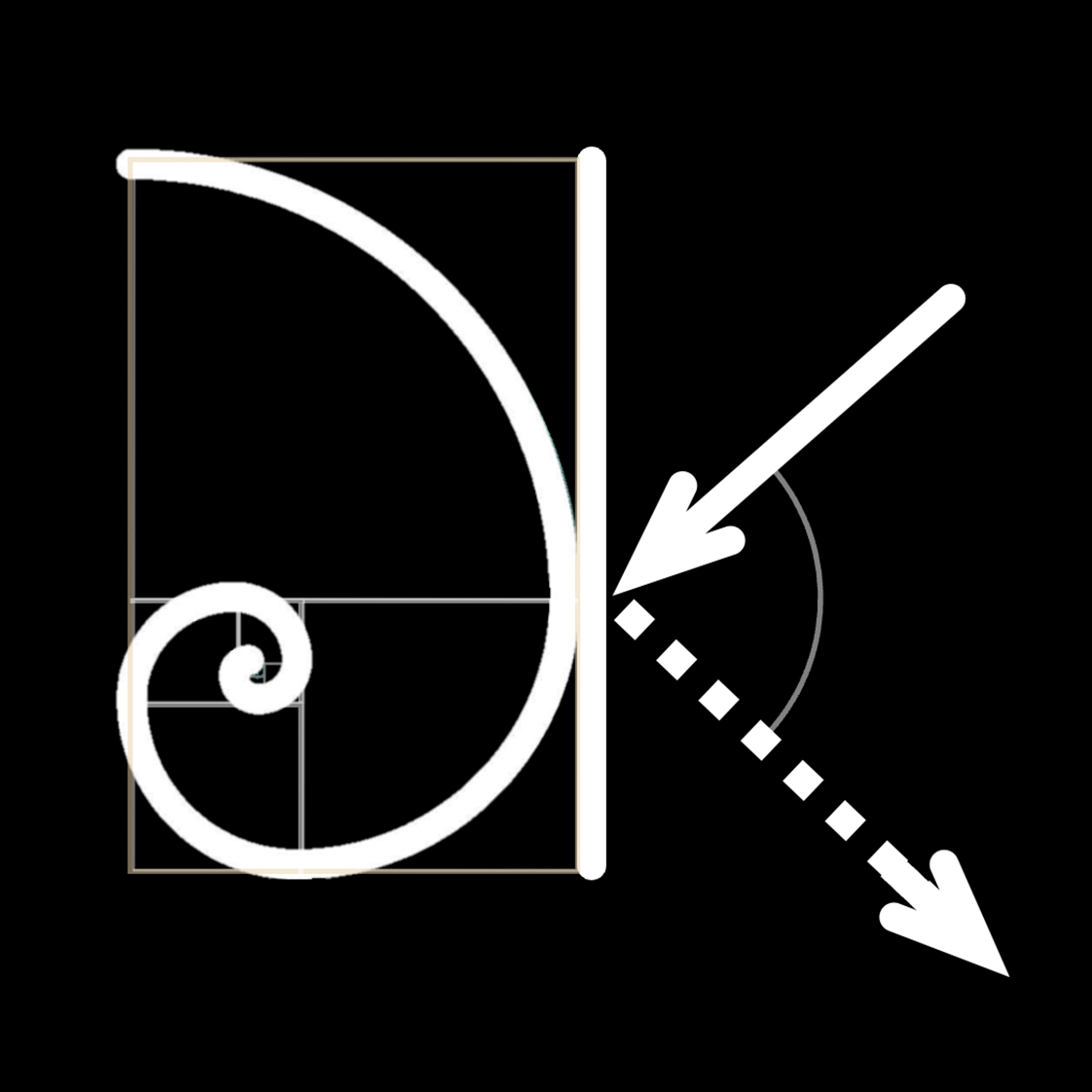Three Studies in Change
Complete Work Title:
Performance Medium:
Duration:
Date Composed:
December 1996 – April 1997
Dedication:
Movements:
- evolution
- erosion
- entropy
Program Note:
Each of the Three Studies in Change is modeled after a different process associated with the natural world. From a conceptual standpoint, the first movement is concerned with growth, the second with leveling, and the third with disintegration.
The first study, evolution, is modeled after a biological process which generally occurs over thousands of years. Musically considered, the movement begins with a single pitch which gradually expands outwards, first resulting in dense clusters, then eventually growing into individual lines covering the full registral spectrum of the ensemble, at which point the tuba line becomes the ostinato bass line for a passacaglia. As the movement progresses, the rhythmic activity also increases, becoming more contrapuntally and less texturally oriented.
The second study, erosion, is modeled after a geological process which generally occurs over millions of years. Here the granitic isorhythm, a jagged, three-octave homophonic line of 14 pitches transposed and cycled through 12 durational units, becomes less profiled and more drawn out through the course of the movement. Additionally, a fluid tone-cluster figure is interjected at several points, acting to wear down the isorhythmic figure.
The third study, entropy, is modeled after a physical or cosmological process, which in the former may occur during the course of seconds and in the latter occurs over billions of years. A mechanical ostinato figure undergoes gradual pitch, rhythmic, and timbral alterations, eventually losing all sense of line and meter as the figure disintegrates.
These studies are structurally interrelated in several ways. For example, the tempo of the first study remains at MM.60 throughout; the second begins at MM.120 and gradually slows down to MM.60 by the end; the last study is at MM.120 throughout. Thus, the outer studies taken together reflect a slow to fast progression, while the inner one is characterized by the reverse process. Regarding pitch relationships, the second study closes with a cluster around middle C, the focal point of the opening of the first study; taken together, the first and second studies project a registral expansion and contraction around middle C. By contrast, the pitches at the beginning of the third study represent the complement of the closing pitches of the second; this final study concludes with all twelve chromatic tones present.
Three Studies in Change was commissioned by Morehead State University in commemoration of its 75th anniversary for the MSU Faculty Brass Quintet, who first performed the work there on 10 April 1997.
Performance/Broadcast History:
| Date | Venue | Location | Performer(s) |
|---|---|---|---|
| 21 October 2008 | Myongji University—2008 Myongji International Contemporary Music Festival | Yongin, South Korea | Sung-Ku Yoon (trumpet 1), Hee-Suk Lee (trumpet 2), Jung-Hun Lee (horn), Jae-Yong Kim (trombone), Sam-Joong Kim (tuba); Joseph Klein, conductor |
| 6 September 2005 | University of Evansville | Evansville, IN | Shepard Brass Quintet |
| 2 July 1997 | Centre College—Kentucky Governor’s School Program | Danville, KY | Morehead State University Faculty Brass Quintet |
| 4 May 1997 | Morehead State University—MSU 75th Anniversary Convocation | Morehead, KY | Morehead State University Faculty Brass Quintet |
| 10 April 1997 | Morehead State University | Morehead, KY | Morehead State University Faculty Brass Quintet |

